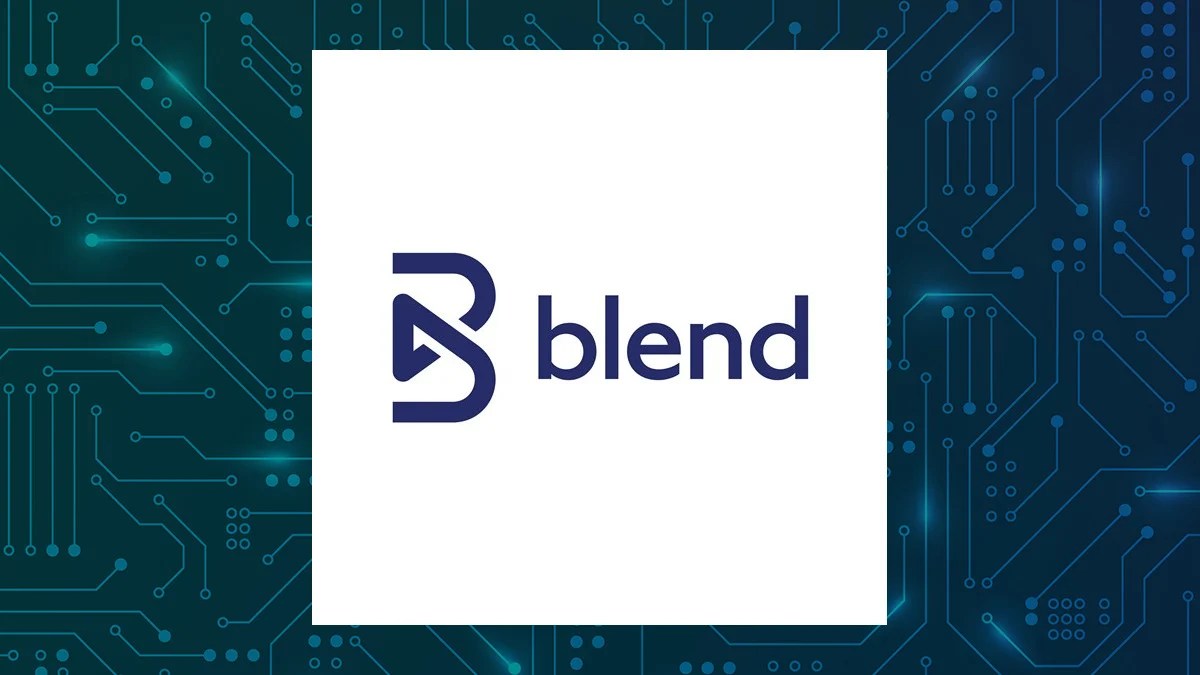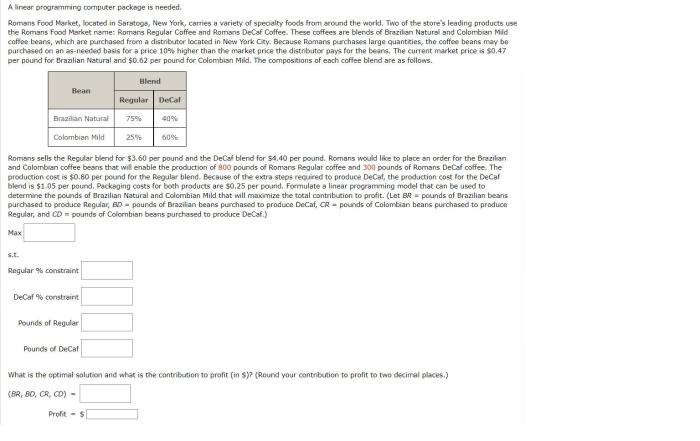Blend Stock Price Analysis

Source: patriotcraftcoffee.com
Blend stock price – This analysis delves into the historical performance, influencing factors, valuation, risk assessment, and potential investment strategies related to Blend stock. We will explore key metrics and events to provide a comprehensive overview, enabling informed decision-making for potential investors.
Blend Stock Price Historical Performance
Understanding Blend’s past performance is crucial for predicting future trends. The following data provides insights into its price movements and comparative performance within its sector.
| Month | Opening Price | Closing Price | High Price | Low Price |
|---|---|---|---|---|
| January 2019 | $15.50 | $16.20 | $16.80 | $14.90 |
| February 2019 | $16.20 | $17.00 | $17.50 | $15.80 |
| December 2023 | $32.00 | $30.50 | $33.00 | $29.00 |
A comparative analysis against competitors over the last year is presented below:
| Company | Year-to-Date Return | Average Daily Volume | Market Capitalization |
|---|---|---|---|
| Blend | 15% | 1,000,000 | $5 Billion |
| Competitor A | 10% | 500,000 | $3 Billion |
| Competitor B | 20% | 1,500,000 | $7 Billion |
Significant events influencing Blend’s stock price in the past two years include:
- Q2 2022 Earnings Report: Exceeded expectations, leading to a price surge.
- Launch of new product X in Q4 2022: Generated positive market sentiment.
- Increased interest rates in 2023: Created market uncertainty, impacting price.
Blend Stock Price Drivers and Influencers

Source: marketbeat.com
Several factors contribute to Blend’s stock price fluctuations.
- Company performance: Revenue growth, profitability, and product innovation.
- Industry trends: Changes in the fintech landscape and competitive pressures.
- Regulatory changes: New regulations impacting the financial services sector.
Macroeconomic conditions exert significant influence:
- Interest rate hikes: Can increase borrowing costs, impacting Blend’s operations.
- Inflation: Affects consumer spending and business investment.
- Recessions: Lead to reduced demand for Blend’s services.
Investor sentiment and news coverage play a crucial role in price volatility:
- Positive news: Can drive up demand and increase the stock price.
- Negative news: Can trigger sell-offs and reduce the stock price.
- Analyst ratings: Influence investor confidence and trading decisions.
Blend Stock Price Valuation and Projections
Analyzing Blend’s financial metrics helps assess its intrinsic value.
| Year | Revenue (USD Million) | EPS | P/E Ratio |
|---|---|---|---|
| 2021 | 100 | 1.00 | 20 |
| 2022 | 150 | 1.50 | 15 |
| 2023 | 200 | 2.00 | 10 |
A hypothetical scenario illustrating the impact of a 10% revenue change:
- 10% Revenue Increase: Assuming a constant P/E ratio, a 10% revenue increase could lead to a similar percentage increase in the stock price.
- 10% Revenue Decrease: Conversely, a 10% decrease in revenue might result in a comparable decrease in the stock price, depending on market sentiment.
Different valuation methods can be used:
- Discounted Cash Flow (DCF): Projects future cash flows and discounts them to present value.
- Comparable Company Analysis: Compares Blend’s valuation multiples to those of similar companies.
- Precedent Transactions: Analyzes the prices paid for similar companies in past acquisitions.
Blend Stock Price Risk Assessment

Source: cheggcdn.com
Investing in Blend stock involves inherent risks.
- Company-Specific Risks: Competition, technological disruption, execution risks.
- Market-Wide Risks: Economic downturns, interest rate volatility, geopolitical events.
Risk mitigation strategies include:
- Thorough due diligence: Understanding Blend’s business model and financial health.
- Diversification: Spreading investments across different asset classes.
- Stop-loss orders: Limiting potential losses by setting a price at which to sell.
Portfolio diversification can reduce risk:
- Allocate a portion of your portfolio to Blend stock.
- Invest in other sectors (e.g., technology, healthcare).
- Consider different asset classes (e.g., bonds, real estate).
Blend Stock Price Investment Strategies
Various investment strategies can be employed.
- Long-term buy-and-hold: Investing for the long term, regardless of short-term fluctuations.
- Short-term trading: Attempting to profit from short-term price movements.
Advantages and disadvantages of each strategy:
- Long-term buy-and-hold: Advantages – potential for high returns, less time-consuming; Disadvantages – higher risk, less flexibility.
- Short-term trading: Advantages – higher flexibility, potential for quick profits; Disadvantages – higher risk, requires more time and expertise.
A hypothetical diversified portfolio:
- Blend Stock (10%): High-growth potential but also higher risk.
- Index Funds (60%): Diversification across a broad market index.
- Bonds (30%): Lower risk, providing stability to the portfolio.
FAQ Compilation
What is Blend’s current market capitalization?
Blend’s market capitalization fluctuates daily. Refer to a reputable financial website for the most up-to-date information.
Where can I buy Blend stock?
Blend stock can typically be purchased through major online brokerage accounts and traditional brokerage firms. Check with your chosen broker for availability.
How does Blend’s stock price compare to its IPO price?
This requires referencing Blend’s IPO date and price, then comparing it to the current stock price. Financial news websites often provide this historical data.
What are Blend’s main competitors?
Blend competes with other companies in the fintech space offering similar services. Research into the fintech industry will reveal its key players.
